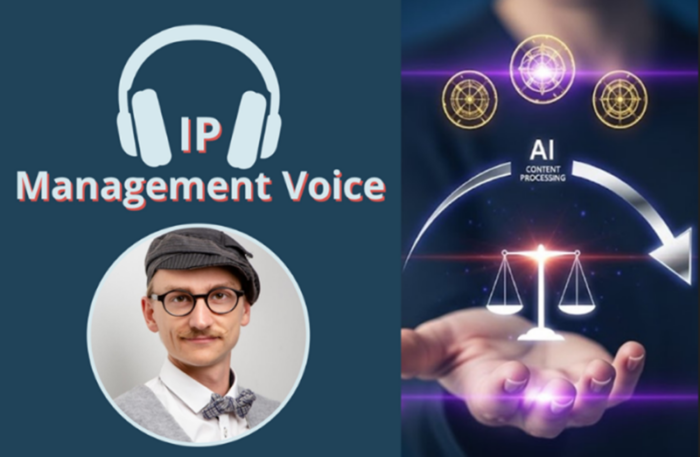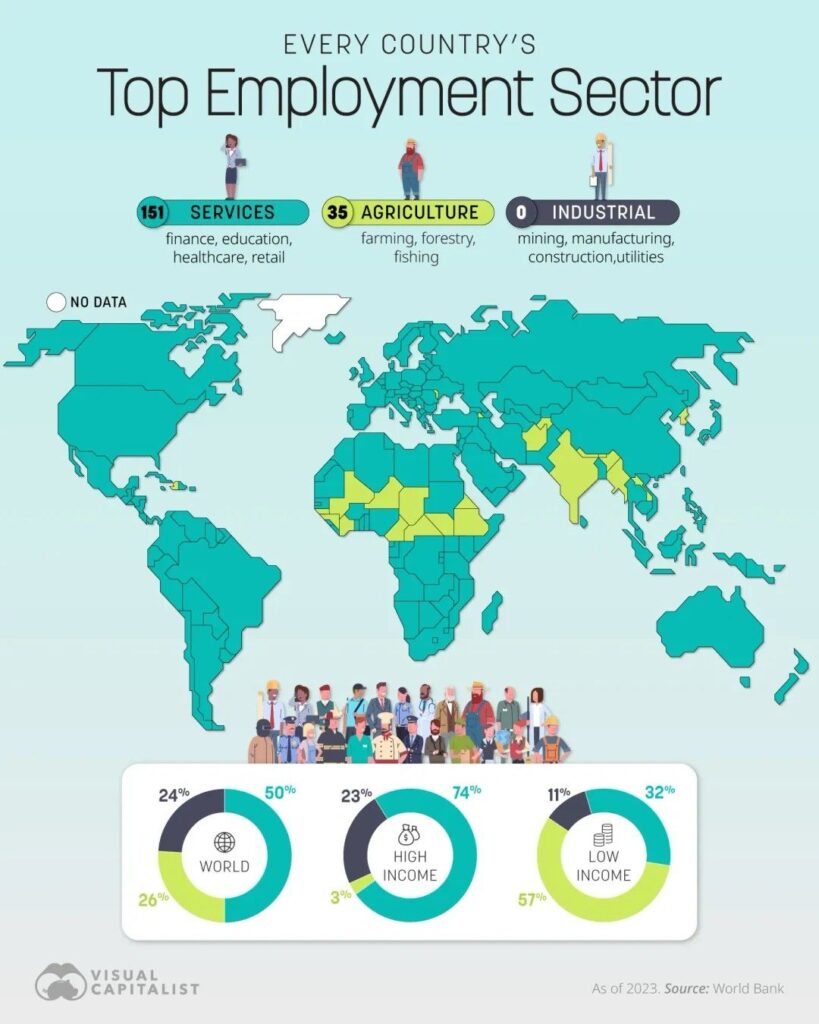IP in times of technological obsolescence 🎯 IP Management Pulse #44
Many IP experts in the IP community at I3PM, the HTB-EPO initiative, and IP offices and institutions in national and regional innovation systems have asked Prof. Dr. Alexander Wurzer: “Where can you be sure not to miss any important IP management content?” In fact, you have to follow a number of interesting feeds to really keep up with the global developments around IP management. To make this easier he decided to offer his own personal newsletter for IP management. Here you can find the latest issues in the archive and also subscribe. A fresh read with all important IP Management content will be sent to the subscribers every second Thursday at 7:00 (CET), so that they can start the day informed.
The next newsletter will cover the following topics:
IP in times of technological obsolescence
The road atlas shows how much the world has changed. The map didn’t die; it shapeshifted. Value moved from printed copyrights to data-centric IP stacks: database rights over continuously updated tiles; trade secrets in routing, ETA models and telemetry pipelines; platform licensing that governs access, APIs and service levels; and patents protecting real-time congestion estimation, lane guidance and HMI patterns.
👉️ To the LinkedIn post
IP roadmaps – making IP strategy actionable
Companies developing sophisticated business strategies are in a good position to create equally adequate IP strategies. But how to implement them in practice? This is the task of IP roadmapping.
👉️ To the LinkedIn post by Alexander Johann Bjørnå
Copyright and AI training data
Since AI models have reached a level of quality that makes them useful for everyday and specialised applications, AI companies are also satisfying their hunger for training data from copyright-protected sources. Now, a settlement for $1.5 billion shows how expensive this practice can be.
👉️ To the LinkedIn post by Barry Scannell
Systematic trade secret management
Trade secrets seem to be the most simple type of intellectual property. But without proper management, trade secrets do not even exist.
👉️ To the LinkedIn post by Maria Boicova-Wynants
Timing of patent filings
Timing patent activities during product development and research activities is a crucial but also challenging affair. Too early filing may not sufficiently cover the final product, but too late filing may encounter strong patent portfolios from competitors.
👉️ To the LinkedIn post by Maier Fenster
Whom to follow
Amelia Skelding is IP Director and Chartered Trade Mark Attorney at Swindell & Pearson. On her LinkedIn feed, she presents practice-oriented IP management insights from real companies and cases. There she shows how IP and business aspects are connected and what business people need to be aware of with regard to IP.
Wouter Pors is an Intellectual Property lawyer at Windt Le Grand Leeuwenburgh and a registered UPC Representative. On LinkedIn, he shares information about current international IP conferences organized by AIPPI and LES. Additionally, he discusses current developments in IP and international trade.
New on the Resource Hub
Digital Marketing: Client Persona Development
Are you struggling to connect with your target audience, or feeling like your marketing efforts aren’t hitting the mark? This guide empowers you with the knowledge to truly understand your clients and prospects.
Digital Marketing: Client conversion – A guide
You want to make the most out of your law firm events? This free guide for law firm business development and marketing experts helps you to increase your event’s conversion rate.
Thought leadership II – From bylines to white papers
For many IP experts, the challenge isn’t a lack of knowledge. It’s visibility. You may have groundbreaking insights on licensing, strategy, or patent valuation, but if they stay within your office walls, they don’t strengthen your position in the market. That’s where publications, platforms, and industry outlets come in.
Placements matter. When your name appears in a respected journal, blog, or association newsletter, it acts like a stamp of credibility. Your expertise is validated not just by what you say, but by where you say it. This kind of exposure builds trust faster than any self-description ever could.
Publishing in respected outlets is not a cosmetic exercise. It is a strategic way to build trust, open doors, and anchor your expertise in the conversations that shape your industry.
Why you shouldn’t glance past a cardboard box
Most people never pause to consider the corrugated board keeping their online impulse‑buys safe. They should. Behind roughly every third box you touch stands BHS Corrugated – an engineering icon founded in 1717 that has reinvented itself more times than packaging trends have changed. The new case study dissects how the German company turned intellectual property (IP) into a competitive fortress and why that matters far beyond box plants. Read on if you like your strategy with a twist of boldness and a dash of industrial romance.
Explainable AI in the Courtroom: Anita’s Breakthrough for IP Legal Practice
In episode #49 of IP Management Voice, we follow the journey of Til Martin Bußmann-Welsch, co-founder of the legal tech company Anita, whose AI platform is changing how court decisions are analyzed — starting with judge behavior and evolving into a transformative tool for IP law. The project began with academic curiosity: Bußmann-Welsch’s PhD research explored how external factors influence judicial decisions, from systemic biases to behavioral patterns. What started as a niche academic effort eventually became a cornerstone in the development of structured legal data analysis.
IP strategies in the service economy
The relevance of the service sector is ever increasing with half of all employees worldwide earning a living in this sector. In high-income countries, the figure is as high as almost three out of four employees.
This is also reflected in the changing IP strategies of leading industrial companies, which are switching their offerings away from selling machines to providing additional services. In this blogpost, MIPLM students explain this IP management trend using the example of the MedTech industry.
The role of IP in Adobe’s Creative Cloud success
Adobe transformed its business by shifting from selling boxed software to offering Creative Cloud as a subscription-based SaaS platform. This move delivered predictable revenue, continuous updates, and global reach. Strong IP — including copyrights for software and content, patents for unique features, trademarks for brand trust, and DRM for access control — made the model possible, sustainable, and profitable. By protecting the entire ecosystem, Adobe secured its position as the creative industry standard.







